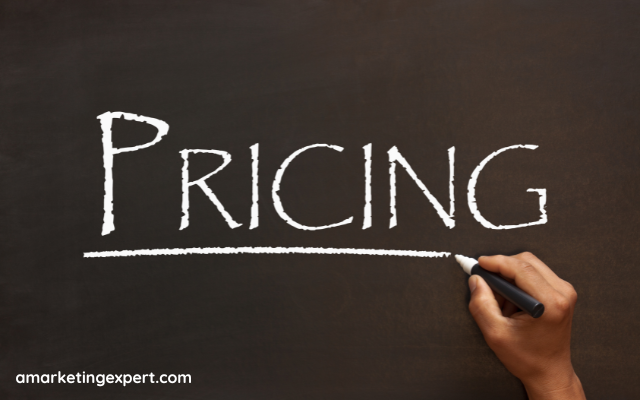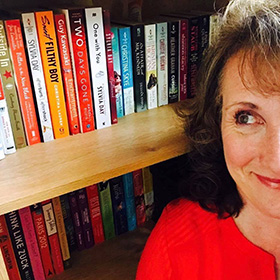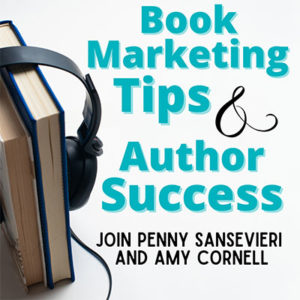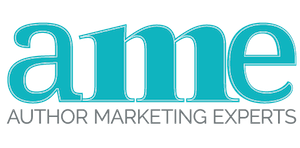Though book pricing is an important part of your book marketing, t’s not always an easy decision.
Pricing influences how readers perceive the value of your book and it impacts your sales.
Here are some smart book pricing strategies, along with insights into the psychology of pricing, to help you maximize your book’s success:
1. Know your Reader Market
Unfortunately, this happens a lot. Authors who don’t spend enough time getting to know what their reader market expects in terms of pricing and price constraints. If you aren’t sure what your reader expects, in terms of pricing, have a look through your genre bestseller list on Amazon and see what kind of pricing is average for your market. But keep in mind that if any author on a bestseller list has multiple books and an already long career, you may need to alter your pricing strategy a bit, which we’ll discuss in a moment.
2. Newbie Pricing vs. Established Author Pricing
It’s a reality that if you’re new to the market, you’re an untested author and when you’re asking readers to take a chance on your book, you’re not only asking them for money but also their time. If you’re newly out of the gate, you may want to start a bit softer on your pricing. Meaning if comparable titles are $12.99 for a paperback, why not price your paperback at $9.99 – it’s not a steep discount but just enough that a new reader might be willing to take a chance on your book!
An author who has an established career is in a bit of a different spot, because by “established” I mean someone with lots of reviews, a solid following, etc. You’ll pay full price for someone you love reading.
3. Intentionally Overpricing Your Book
Over the years I’ve spoken to authors who intentionally price their books higher to “earn back what they invested” – meaning that they price the book such that it makes sufficient profit that it’ll help the author earn back the investment they’ve made thus far in cover design, editing, and hiring a book marketing firm.
Let me tell you right now, that never works out well. It never works at all. You’ll never sell an overpriced book, especially with so many other books out there priced according to the market. This idea will always fail and you’ll be left feeling like no one wants your book. If this has happened to you, lower your pricing and start fresh, you might be surprised by what happens.
4. Not Taking Print Costs into Consideration
If you’re doing offset printing for your book (this happens a lot with children’s books, coffee table books, and cookbooks) be sure to get your print costs upfront. And keep things in mind like paper weight, cover weight, and the like. I can’t tell you how many times I’ve seen authors struggle through this, realizing that their book costs so much to print, that they have to raise the pricing in such a way that it becomes almost cost-prohibitive to buy. In one instance we had an author with a cookbook that they had to charge $125 a piece for – because they hadn’t correctly tallied the cost of printing, paper weight, and shipping costs.
Even if you aren’t doing offset printing, color interiors can add a lot to printing costs, so make sure that you know what you’re getting into before you decide to do a full-color book. In many cases, like with children’s books, it’s a must – so know before you hit publish.
5. Tiered Price Points
If you have different formats and editions of your book, you can easily offer these at different price points. For example, your e-book, audiobook, paperback, and hardcover all have different pricing – and you could even have a special collector’s edition, each with a different price. This type of tiered pricing caters to a broader audience. Which is why I love it when authors publish books in different formats.
6. Price Anchoring
Price anchoring happens whether you want it to or not. What is price anchoring? Well, it’s the pricing that’s the “norm” for your market. For example, real estate books are priced higher than mystery novels. Much like my first point of knowing your reader market and the limitations of pricing, price anchoring is a solid and often psychological strategy to build more sales. If your book is priced competitively to market, you’ll have a better chance of making a sale, but if it’s not, it’s easy for a reader to find another option more in line with their expectations.
If you have a lot of varied pricing in your genre (and we see this a lot in the genre fiction market) find a price that is somewhat in between, so not the highest (unless you’re well-established) but not the lowest either, as we’ll discuss in a moment. And don’t hesitate to play around with the pricing. So for example you could launch your book at a lower price, to kick off the sales and announce it to your list (if you have one) and on social media that your book is discounted at launch for X amount of days. It’s great to build some early momentum!
7. The Psychology of Price Endings
Creative price endings are fun because they’re often unexpected. Pricing your book at $9.99 instead of $10 can make it feel significantly less expensive. But did you also know that using a price ending like .59, .97 or .95 can make your book seem like an even better deal? Yes, consumers often focus on the first digit, which is why pricing at .99 is powerful (consumers focus on the number 9) but .97 throws the consumer’s mind off and tends to get more attention.
8. Free or Low-Cost E-books
Discounting your eBook is great, but the (thankfully) the free eBook bandwagon has seen its day. So limited-time discounts are great, but you could also discount your older books, which might help to give your oldest titles a bit of a boost!
9. Define Your Goals
At some point, you have to decide what your goal is for your book. Do you want to earn lots of money or gain lots of new readers? Maybe you say “Well it’s both!” and that’s fine, but if that’s the case I suggest that you focus on building readers first – because the best way to sell books is by amassing a strong following. But the reason I mention this is that this choice will also factor into pricing.
For example, I have 23 books out. You could say I’m a well-established author with a large following, but my books are my business card. They help drive my book marketing firm’s success and bring new authors to our door. So if I’m pricing my books, I’m considering that. Could I charge top dollar for my books, absolutely, but book revenue isn’t my #1 goal. I also want to make my books accessible to authors who don’t have the funds to hire a book marketing firm, so they’re always priced very median. This is the kind of conversation you need to have with yourself, too.
If, let’s say, you’re new to the genre fiction market and you have a planned 3 book series with your first book coming out in the new year. You might consider pricing your initial release a take lower to help drive more readers to your door and build your following and email list. Will you make less money doing it this way? Yes, you will – but only initially. Because if you publish a great book you’ll build a readership clamoring for books two and three and that’s how you build your empire!
10. Perceived Value
Your book sells your book. And by this, I mean *everything* related to your book including your cover, your Amazon retail page, and your reviews. The package sells your book so while pricing is important, you can have the best pricing strategy in the world but if your Amazon retail page isn’t up to par or you have a bad cover, your book will never do as well as it could.
11. Seasonal Pricing
Seasonal pricing can be a fun way to build more readers and more momentum for your book. If your book has a tie-in to a seasonal event, maybe that’s a great time to create a price adjustment or a limited-time discount. If you have a book that ties into the holiday market, like a Hallmark-esq Christmas romance doing some season price adjustments boost your book visibility during a seasonal window!
Your reader/ buyer pricing psychology significantly impacts purchasing decisions. Your book pricing sets the stage for reader expectations and can influence how readers perceive its value and quality. Spending some thoughtful time doing market research will give you a better understanding of your target audience and give you some great insight into book pricing and how a simple price change on your book could help boost your overall visibility!
Resources and Free Downloads
Download our free monthly book marketing planner.
Download our free Reader Profile Brainstorm.
A helpful list of book awards and contests.
Our podcast episode on book awards and contests.
Proven strategies to increase sales potential on Amazon.
How to host a virtual book launch event.
Why your Amazon reviews are getting pulled and what to do about it.
Check out all the episodes of our book promotion podcast anywhere you listen to podcasts!
Be sure to sign up for our newsletter on the right-hand side of our blog homepage. If you haven’t opened a recent one your registration may have lapsed.
Follow us on Instagram for book marketing tips and some much-needed levity!





0 Comments